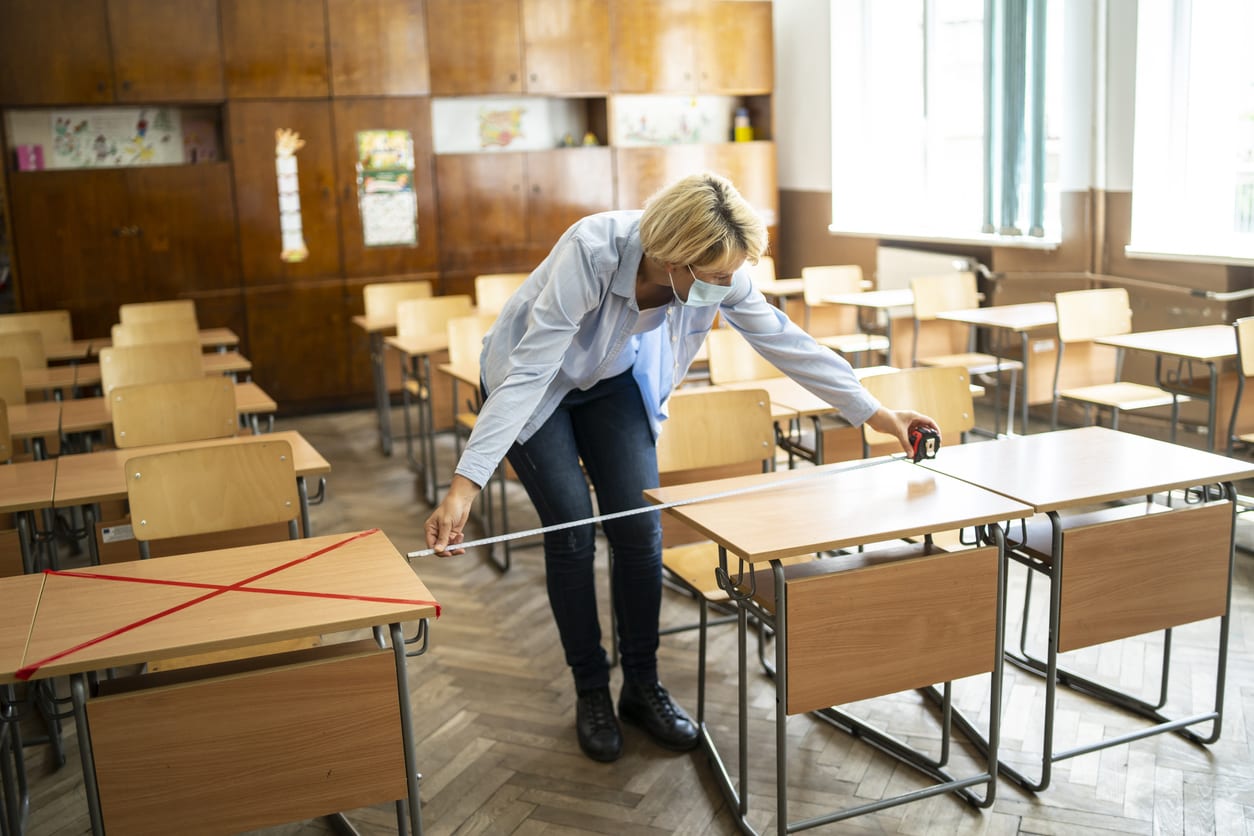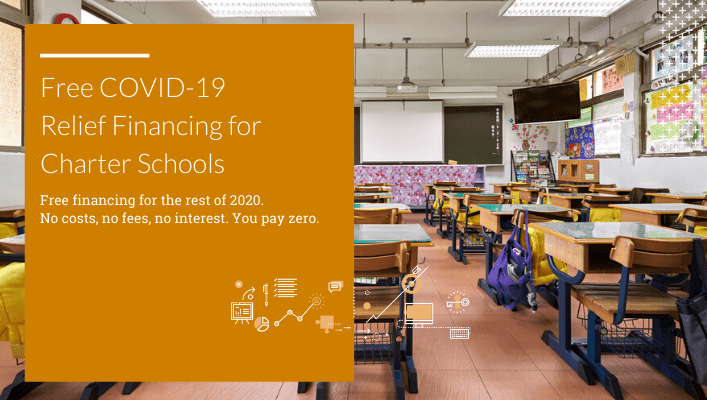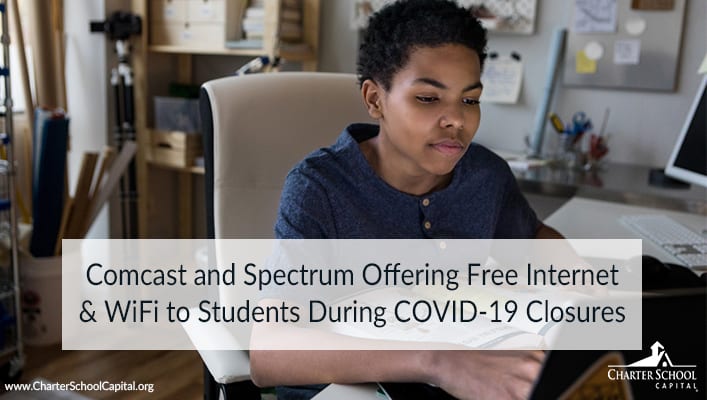
Charter School Capital will be hosting a webinar on COVID-19 Vaccines (and their impact on charter schools) Tuesday, November 10 at 9am PST (Noon EST) with Dr. Gregory Poland, M.D. FIDSA, MACP, FRCP.
Dr. Poland is a professor of medicine at the Mayo Clinic, a distinguished investigator of the Mayo Clinic, director of the Mayo vaccine research group and editor-in-chief of the professional journal VACCINE.
Earlier this spring, we were honored to host a webinar with Dr. Poland, providing an assessment of the pandemic at that time with figures on morbidity, speed, and contagion as compared to other infectious diseases. With the aim to prepare charter school leaders for what would come soon after, in regards to school re-openings, social-distancing learning environments , and in many cases, virtual learning environments.
Now, over seven months later, we’re seeing the challenges of this “new normal” and, to a large extent, we’re all holding our breath and waiting for what may come next.
Recently, Dr. Poland spoke of the dangers of the “twindemic” – the combination of dangers from COVID-19 and influenza as temperatures drop toward winter.
All these things considered, we’re bringing back Dr. Poland to speak about the current state of the pandemic, focusing especially on vaccines.
In this new webinar, Dr. Poland will be clearing confusions as to the current anticipated vaccine timeline.
Even as vaccines become available, the questions abound. Will the vaccines have lasting effects? Lifetime immunity? Will they be effective in most cases? How fast-acting could we expect them to be?
And in terms of schools and the 2020-2021 school year, what potential impact could we expect these vaccines to have?
This is highly dependent on distribution pipelines, points of access, propensity of populations to seek out vaccination and reluctance of certain demographics to get vaccinated.
This webinar is important not only in the context of schools and students; the COVID-19 pandemic has impacted all of us, causing disruption to all of us, causing heavy health effects to many, and causing fatalities in many communities.
Register now, and tune in Tuesday,November 10 at 9am PST (Noon EST) as Dr. Poland delves into these topics and sheds light on this most-timely topic.






 California Legislature Takes Early Recess
California Legislature Takes Early Recess
 10 Great School Resources for COVID-19 (Coronavirus)
10 Great School Resources for COVID-19 (Coronavirus)